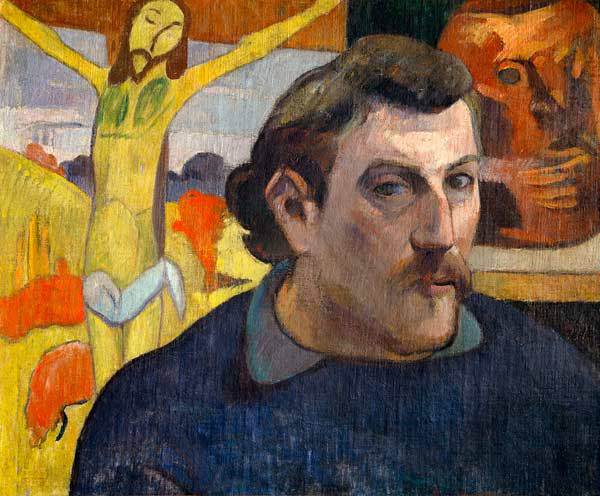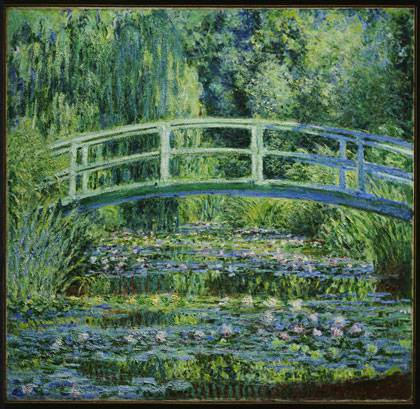
Lee Krasner: “Shattered Color”, 1947. Private collection. ©Pollock-Krasner Foundation / VG Bild Kunst. ©Christie’s Images.
Lee Krasner retrospective at the Schirn Kunsthalle The Schirn Kunsthalle Frankfurt organizes a retrospective of the career of Lee Krasner, including nearly 100 works, including paintings, collages, and drawings as well as films and photographs, telling the story of one of the most single-minded artists of the twentieth century. October 11, 2019 – January 12, 2020.]]>
Source: Schirn Kunsthalle Frankfurt
The artist Lee Krasner (1908–1984) is a pioneer of Abstract Expressionism in the United States. For the first time in more than 50 years, her work is on view in a major European retrospective. The Schirn is presenting paintings, collages, and drawings as well as films and photographs, and tells the story of one of the most remarkable artists of the twentieth century. The exhibition presents works from across Krasner’s entire oeuvre, which spans more than half a century: self-portraits from the late 1920s, charcoal life drawings, groups of works such as her renowned “Little Images” from the 1940s and her “Prophecy” series from the 1950s, along with works from her “Umber” and “Primary” series from the 1960s and late collages from the 1970s.
Lee Krasner was born in 1908 in Brooklyn, New York, in a family emigrated from Russia. She took art lessons even as a high school student, studied at the National Academy of Design, and later joined the Hans Hofmann School of Fine Arts. She was a member of the American Abstract Artists and cultivated friendships with Ray Eames, Willem de Kooning, and Franz Kline. Krasner’s work was long overshadowed by that of her husband, Jackson Pollock, who was one of the main representatives of Action Painting and known for his dripping technique. The couple lived and worked in a clapboard farmhouse in Springs on Long Island: Krasner in the living room and an upstairs bedroom, and Pollock in a converted barn outside. After his early death in a car crash in 1956, Krasner decided to claim Pollock’s studio as her own, initiating a new phase in her artistic career. She was able to work on large, unstretched canvases for the first time, producing some of her most important artworks, such as “The Guardian” (1960), “Happy Lady” (1963), “Combat” (1965), and “Siren” (1966). Unlike other artists of her time who also painted in a non-representational manner, Krasner never developed a ‘signature style,’ but instead aspired to constantly reinventing her pictorial language.
Related content
‘Jackson Pollock: A Collection Survey, 1934–1954’ at the MoMA (exhibition, 2015-2016)
Follow us on:


